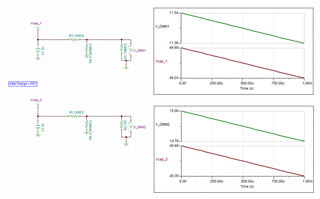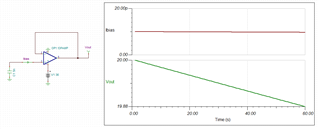Other Parts Discussed in Thread: INA149
Dear TI: I would like to build a basic electrometer amplifier with your LMC6001 amplifier. Can you please provide me with a design schematic and materials list for an electrometer amplifier that will be used to measure voltage on pF capacitors? Thank you, Allen Hebert.




